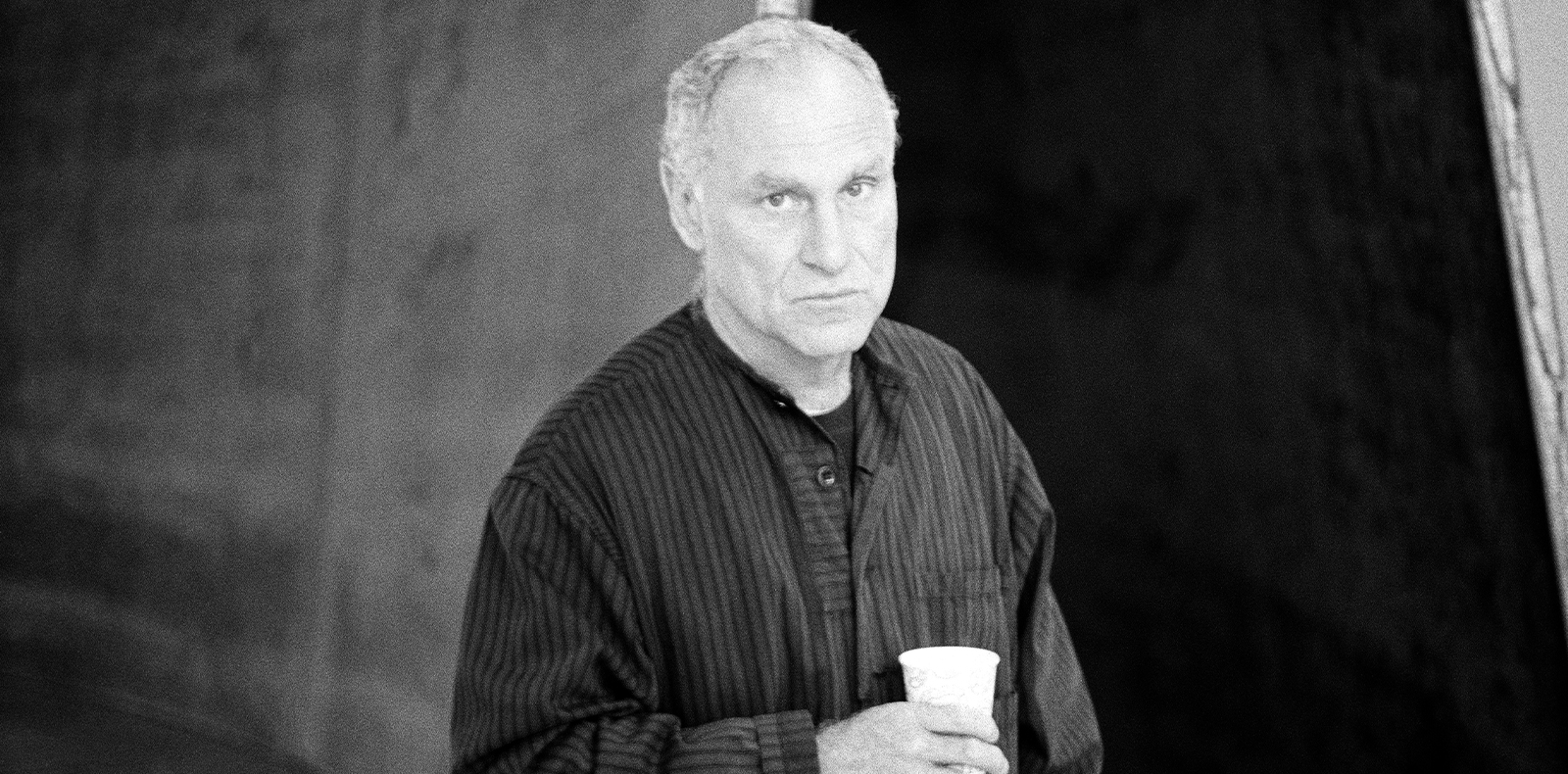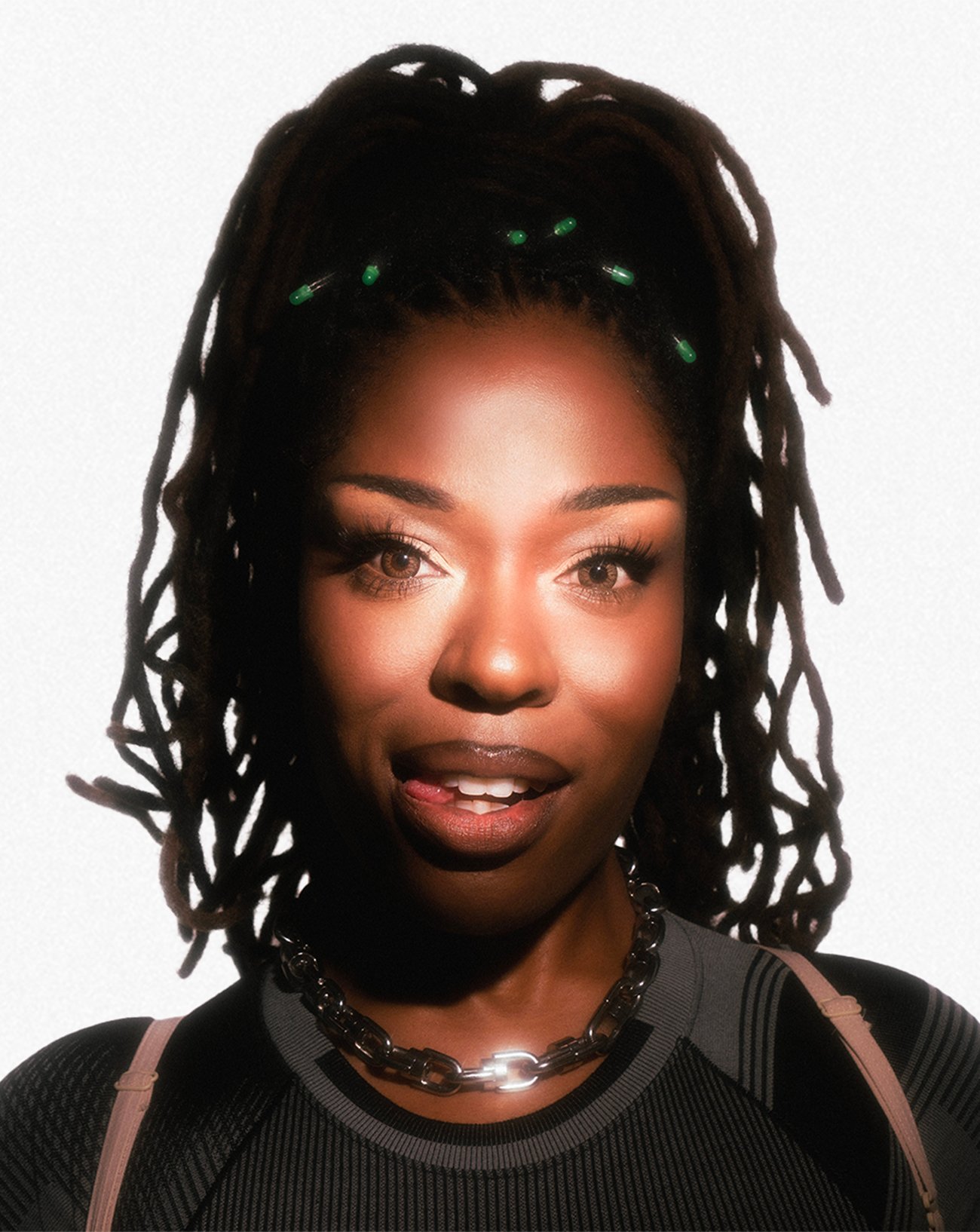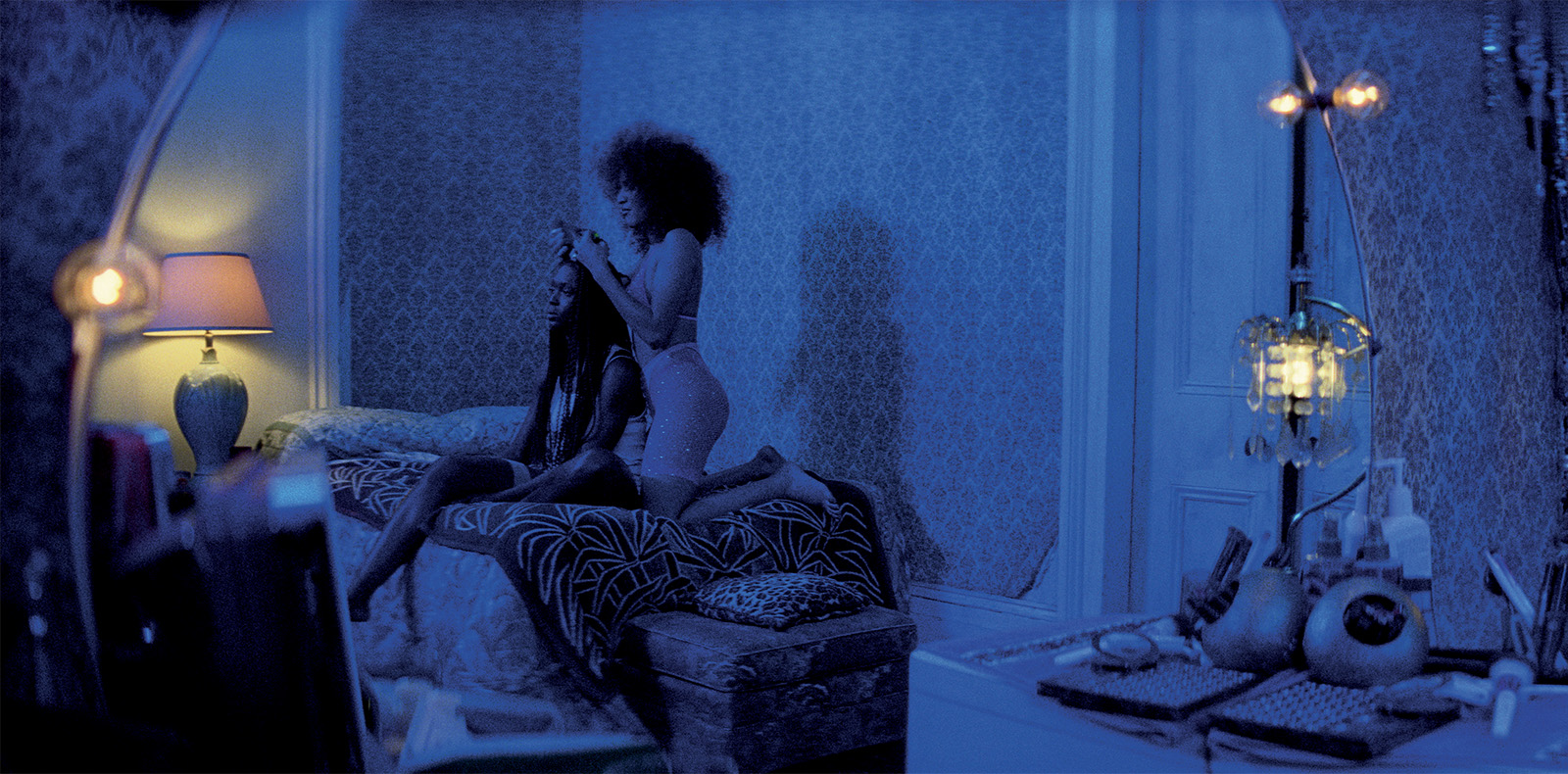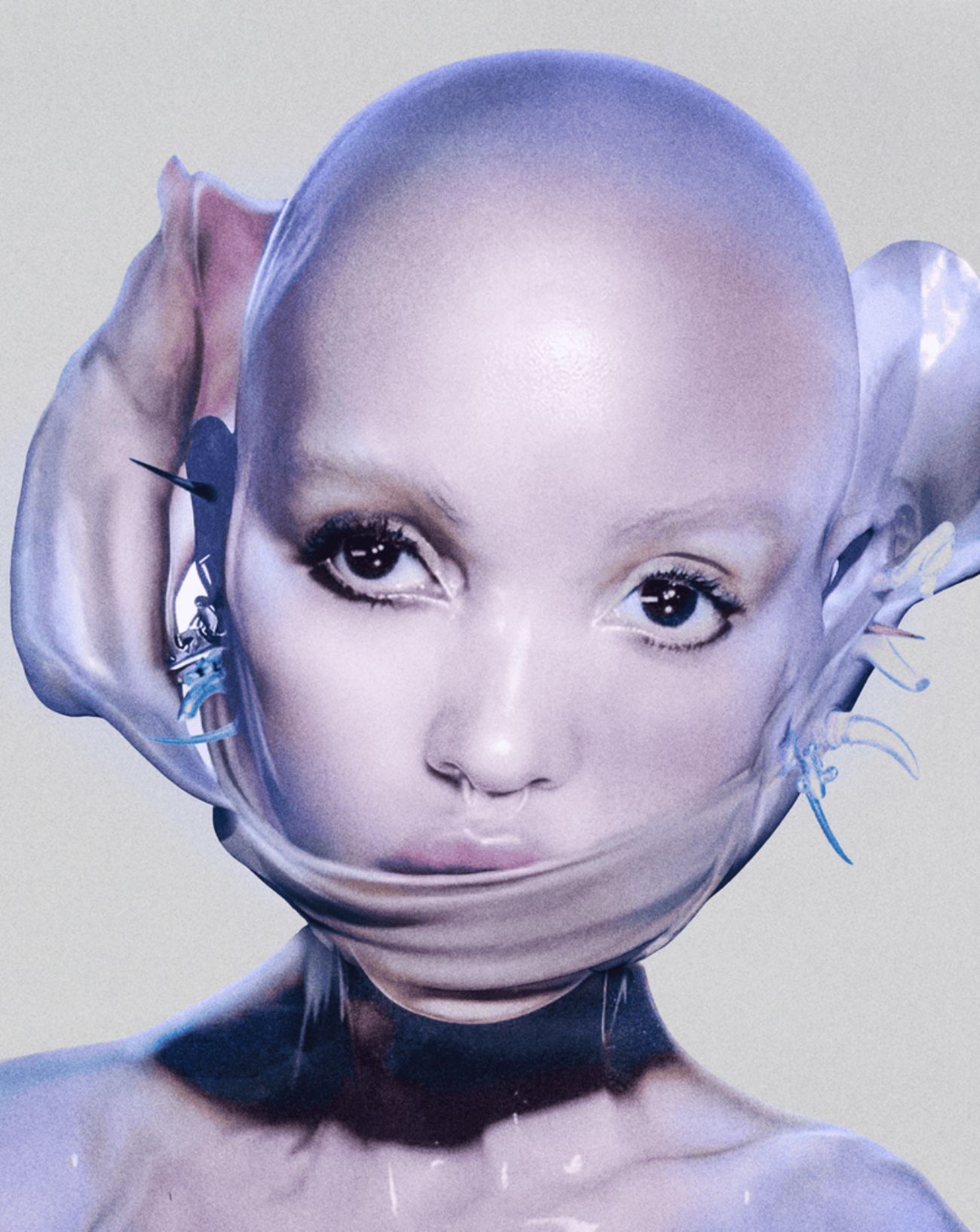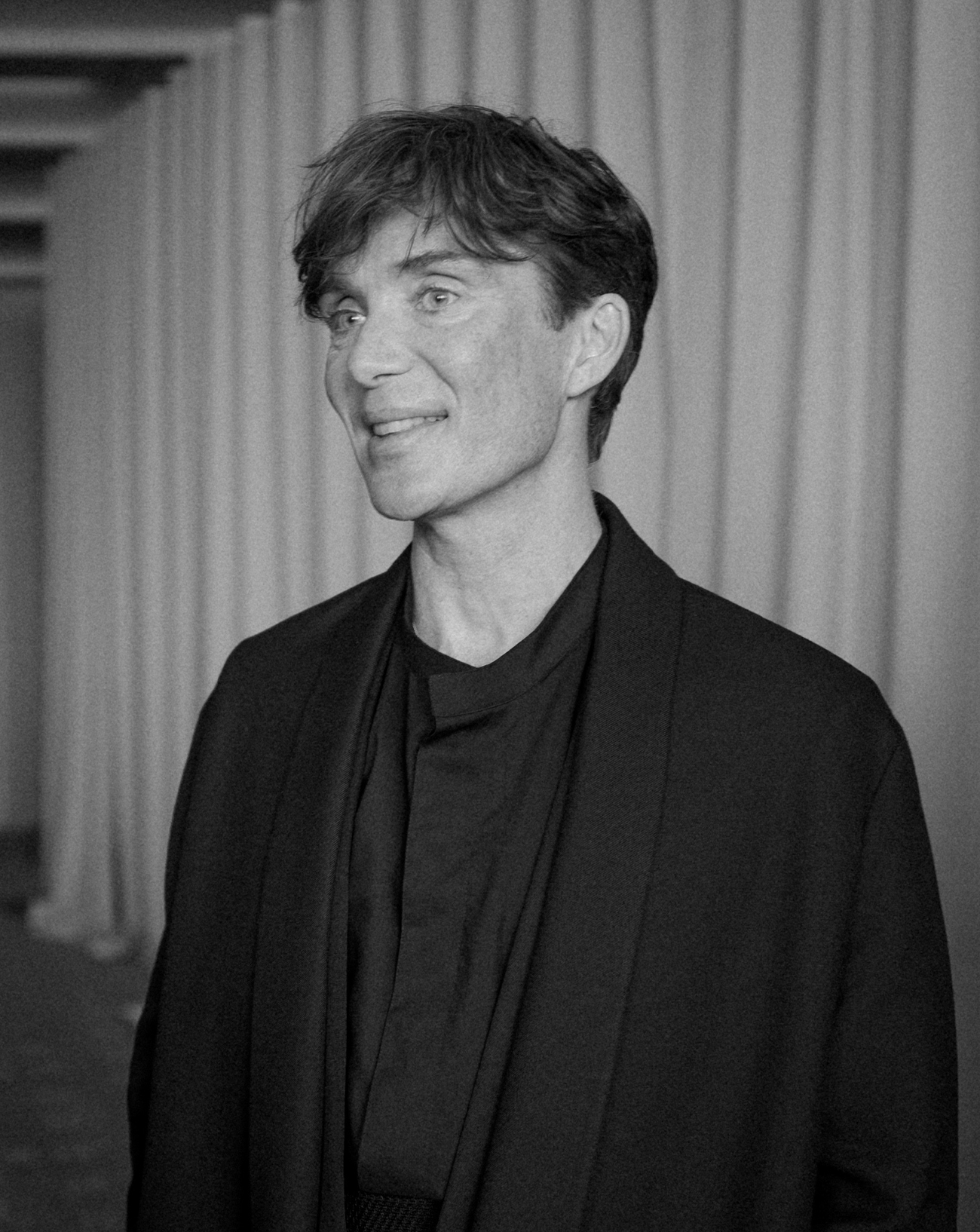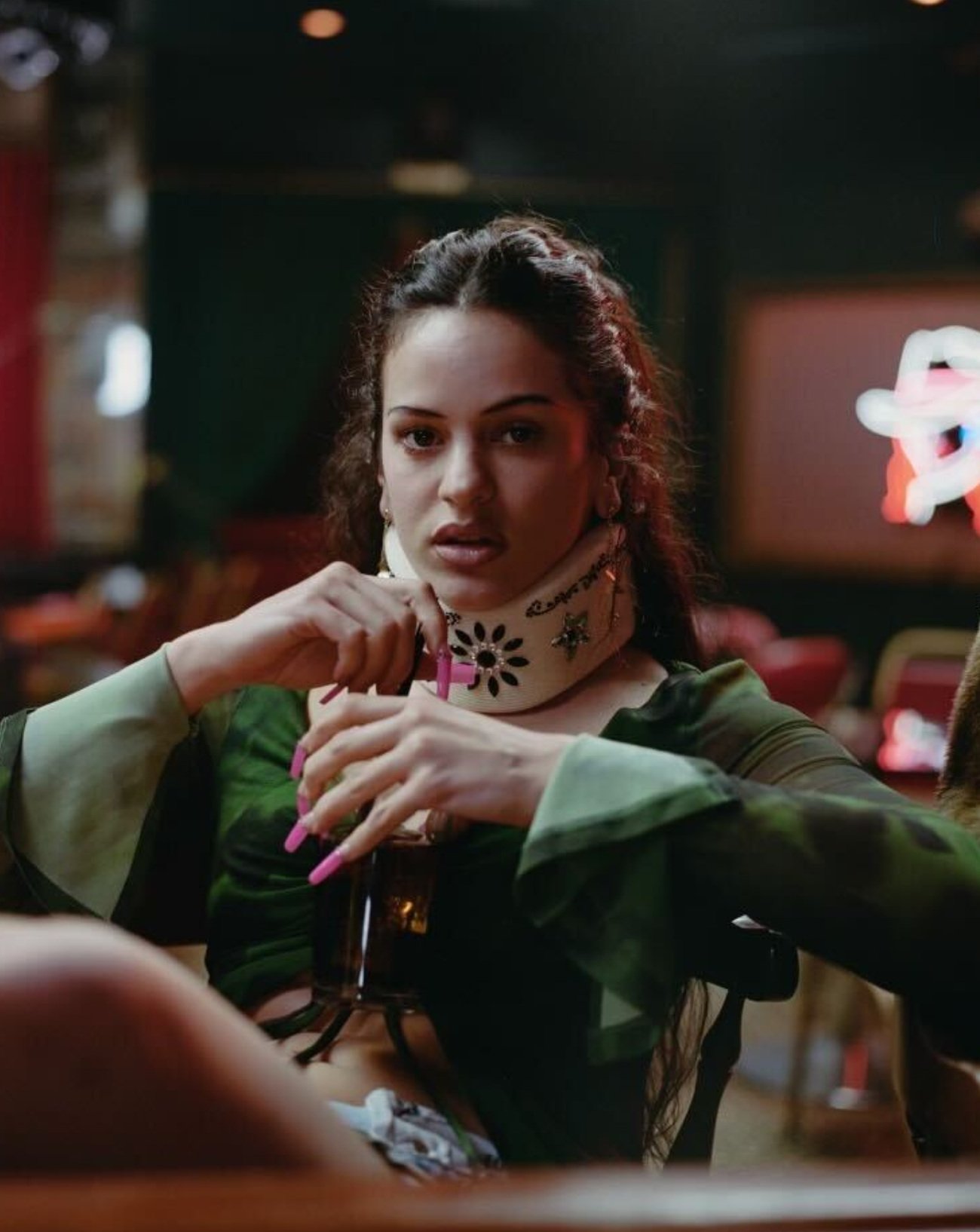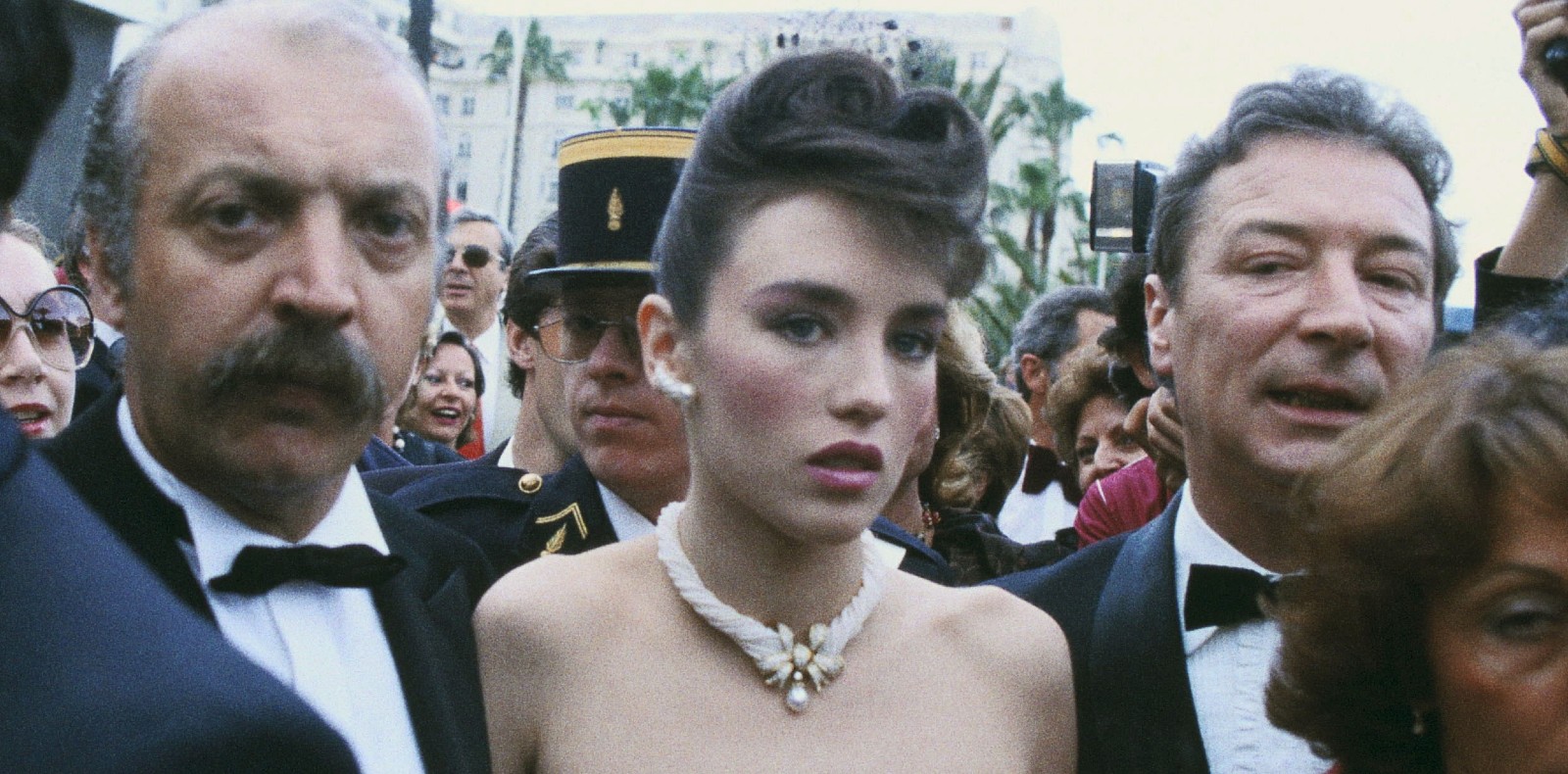
25
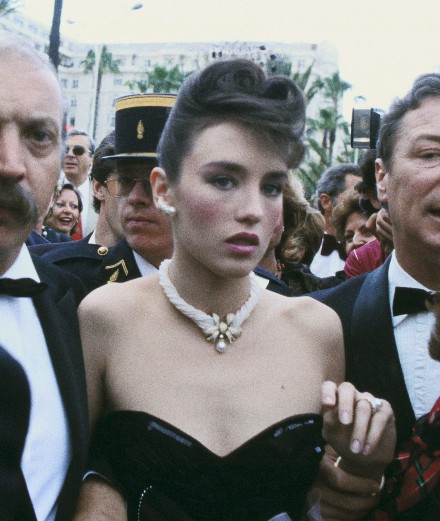
25
5 scandals that have shaken the Cannes Film Festival from Isabelle Adjani to Quentin Tarantino
Since its very first edition in 1939, the Cannes Film Festival has established itself as a prominent film festival and space where directors, producers, and actors from around the world meet. But what makes it special is not just the great features and the numerous stars walking on the red carpet. The Croisette has also been the stage of many scandals and controversies. For the 76th edition of the film festival, Numéro looked back at five famous scandals.
Published on 25 May 2023. Updated on 20 June 2024.
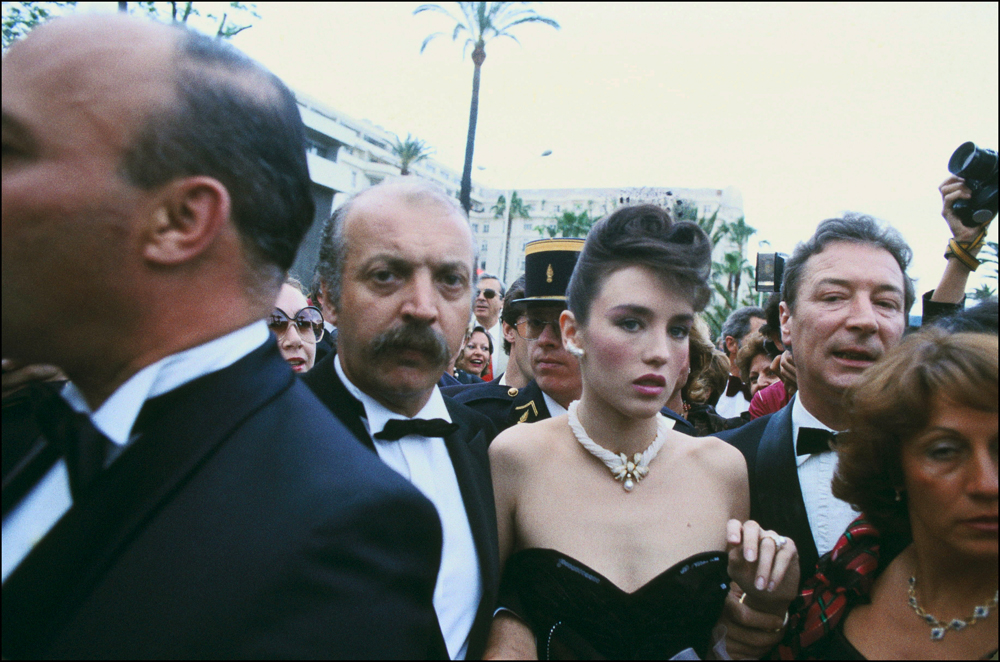
1. Isabelle Adjani and the photographers’ strike at the Cannes Film Festival (1983)
Isabelle Adjani was 27 years old when she received the first major award of her career in 1982 – the César for best actress for her role as Anna in Possession (1981), written and directed by Andrzej Żuławski. A year later in 1983, she had been invited to the Cannes Film Festival following her nomination with Jean Becker’s film One Deadly Summer, for which she had been awarded another César. As the 36th edition of the festival began, the French actress decided not to appear before the photographers during a press photoshoot. That seemingly insignificant choice caused a stir at the time and triggered a strike among photographers during her entrance on the red carpet. To show their dissatisfaction, they unanimously refused to photograph the young and highly successful actress. It ended up in a breathtaking scene in which the ground was strewn with photographers’ cameras as the crew of One Deadly Summer made their way up the steps.
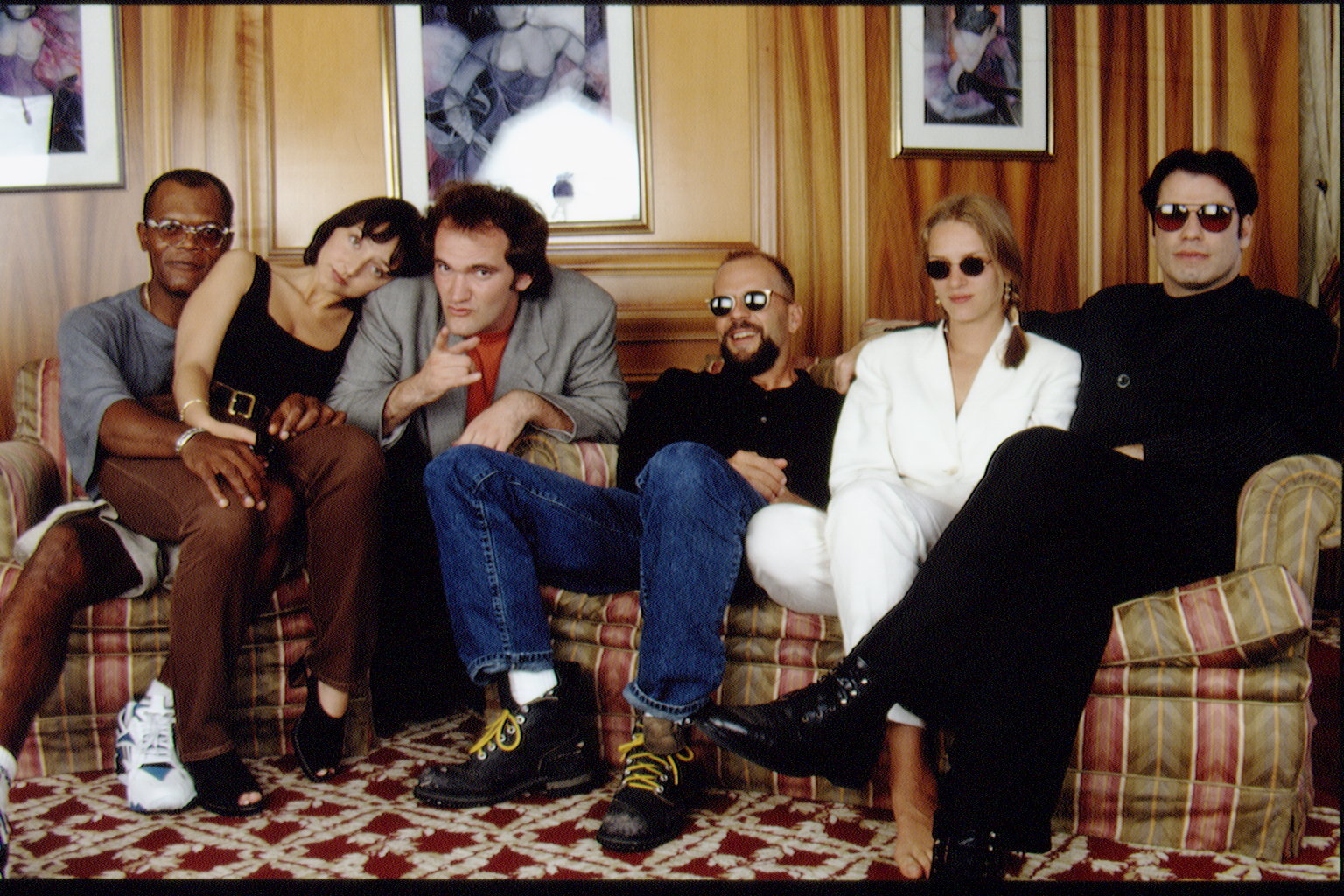
2. Quentin Tarantino’s finger to the audience after the screening of Pulp Fiction (1994)
In 1994, American director Quentin Tarantino presented his brand-new feature Pulp Fiction at the Cannes Film Festival, starring actress Uma Thurman, Bruce Willis, Samuel L. Jackson, and John Travolta. That same year, Clint Eastwood, actor and director of Play Misty for Me (1971) and Unforgiven (1993), chaired the awards ceremony of the festival. Quentin Tarantino’s thriller seemed to have hit the nail on the head as it received the Palme d’Or for Best Picture of the year. The evening could have been perfect for the Knoxville-born director if only one of the audience members had not disrupted the ceremony and shouted: “Pulp Fiction is a piece of crap! What a piece of crap! It is outrageous!” To which the director, now 60, responded with a finger that has eventually became mythical.
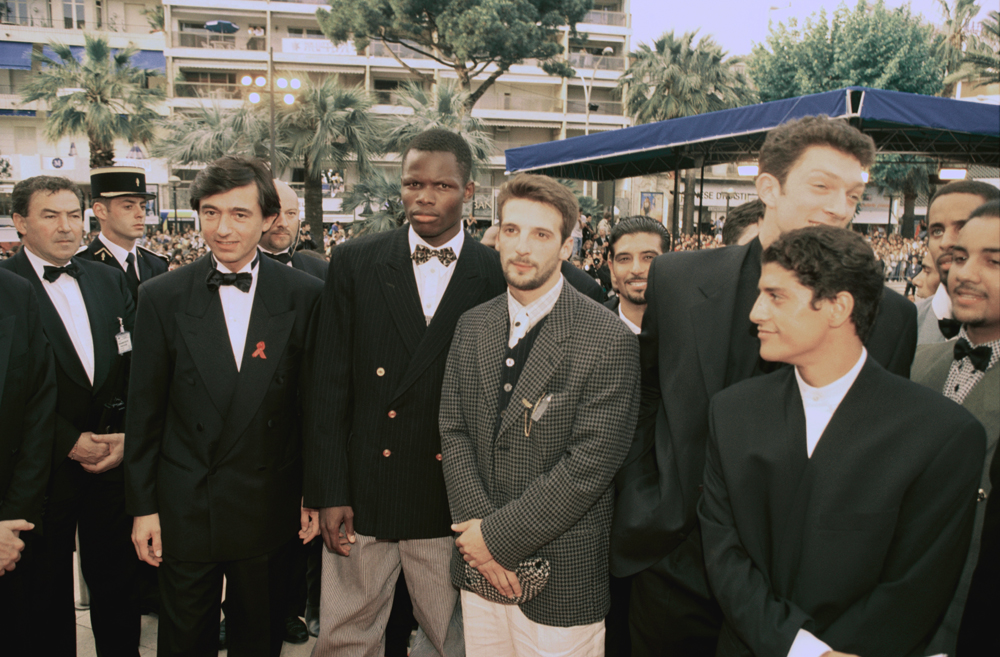
3. Police officers turning their backs on the crew of Mathieu Kassovitz’s film La Haine in Cannes (1995)
In 1995, actor Mathieu Kassovitz was only 28 years old when he presented La Haine in competition at the Cannes Film Festival. The features chronicles three young friends, Vinz (Vincent Cassel), Saïd (Saïd Taghmaoui) and Hubert (Hubert Koundé), living in a banlieu near Paris and wandering around their neighborhood in the aftermath of a riot triggered by police brutality. Throughout the film, the director explores the issues of discrimination and violence in the French poorer suburbs, as well as the way in which these problems are perceived and dealt with by law enforcement. Considering Mathieu Kassovitz’s film as an anti-police pamphlet, representatives of the police force present on the Croisette the day of the screening to ensure safety, decided to turn their backs on the film crew in protest. Unappreciated by the police but widely acclaimed by the critic and the audience, La Haine won the award for Best Director in 1995. The following year, it won three additional awards at the César ceremony, including Best Picture.
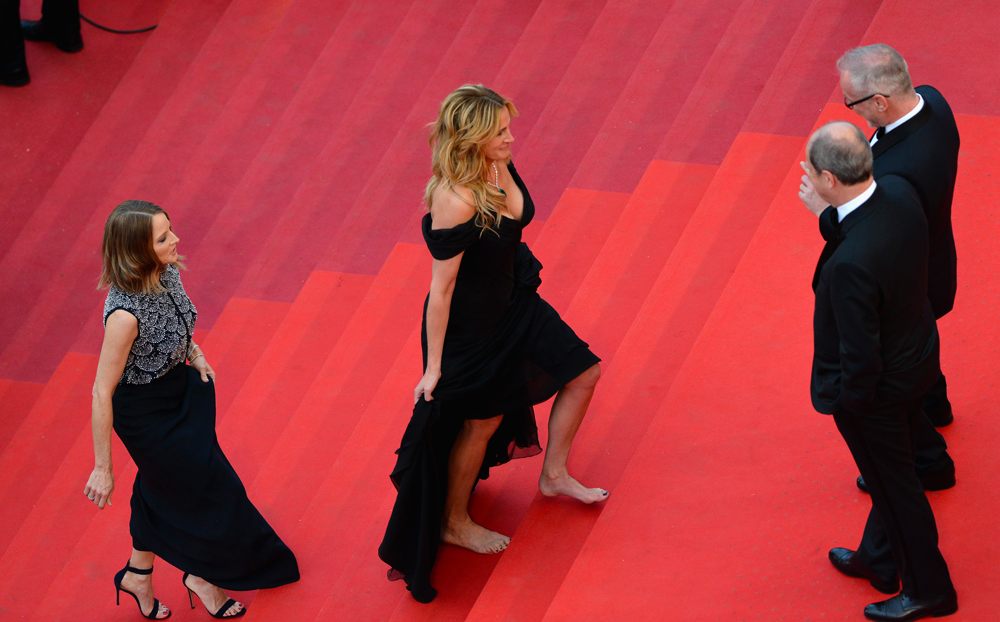
4. Julia Roberts’ stiletto-free red carpet at the Cannes Film Festival (2016)
As well as being a must-see event of the cinema industry, the Cannes Film Festival is also known for being one of the most glamorous festivals of the year. Celebrities compete in elegance and sophistication to create the event. However, the dress code has not changed and remains very strict since its creation. Women must wear long gowns and high heels to be able to walk on the famous red carpet. In 2016, the American actress Julia Roberts decided otherwise and removed her stilettos to the walk up the steps, making a statement about her independence, her freedom, but also her feminist beliefs. On social media, the actress’s most supportive fans, who first saw her in the cult film Pretty Woman (1990), praised her bold move against the sexist standards of the entertainment industry.
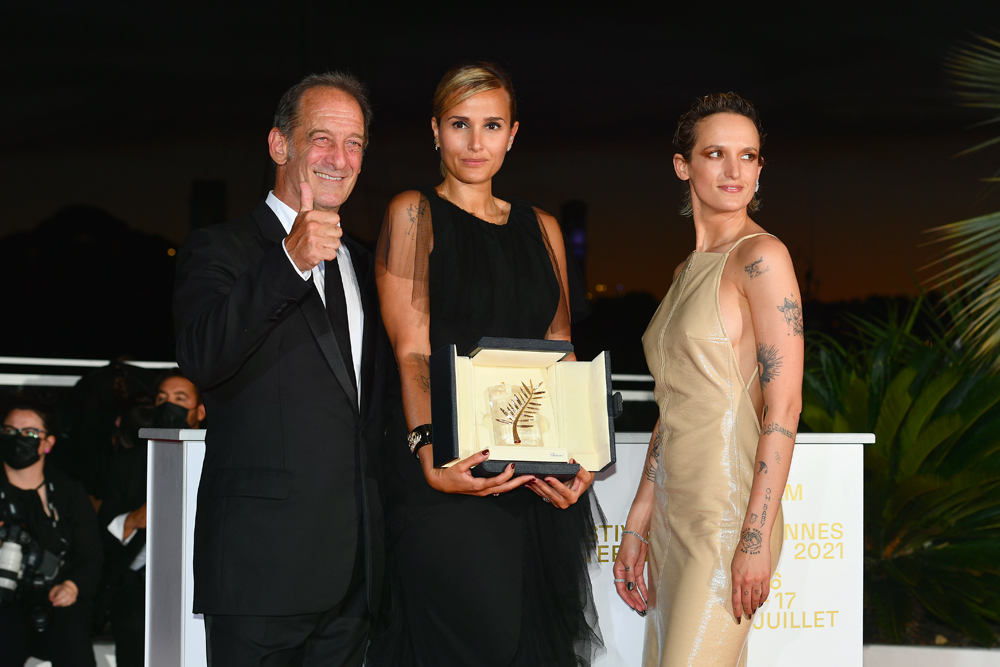
5. Awkward moments and hasty departures during screenings at the Cannes Film Festival
While the most memorable scandals of the Cannes Film Festival have often occurred on the red carpet, some of the most talked-about ones have also occurred in the middle of the screenings. In order for a film to enter the official competition and to compete for the various prizes – the most prestigious being the Palme d’Or – it must meet a series of criteria. One of them is that the feature must have never been shown in cinemas before its screening at Cannes. This prerequisite has made it possible for many great films to be discovered, but it has also led to some uncomfortable moments at the Palais des Festivals. The latest being the screening of Julia Ducournau’s Titanium (2021), when a handful of spectators felt terribly nauseous while watching the French director’s horror thriller. However, those early departures did not prevent the director of Grave (2016) from winning the Palme d’Or for her film. In the past, other scenes of features unveiled at the festival had stirred indignation, and even anger, among the spectators. The endless fellatio scene in Vincent Gallo’s The Brown Bunny (2004) starring Chloë Sevigny, or the harrowing rape scene filmed in a sequence shot in Gaspard Noé’s Irreversible (2002), starring Monica Bellucci, are two perfect examples.






